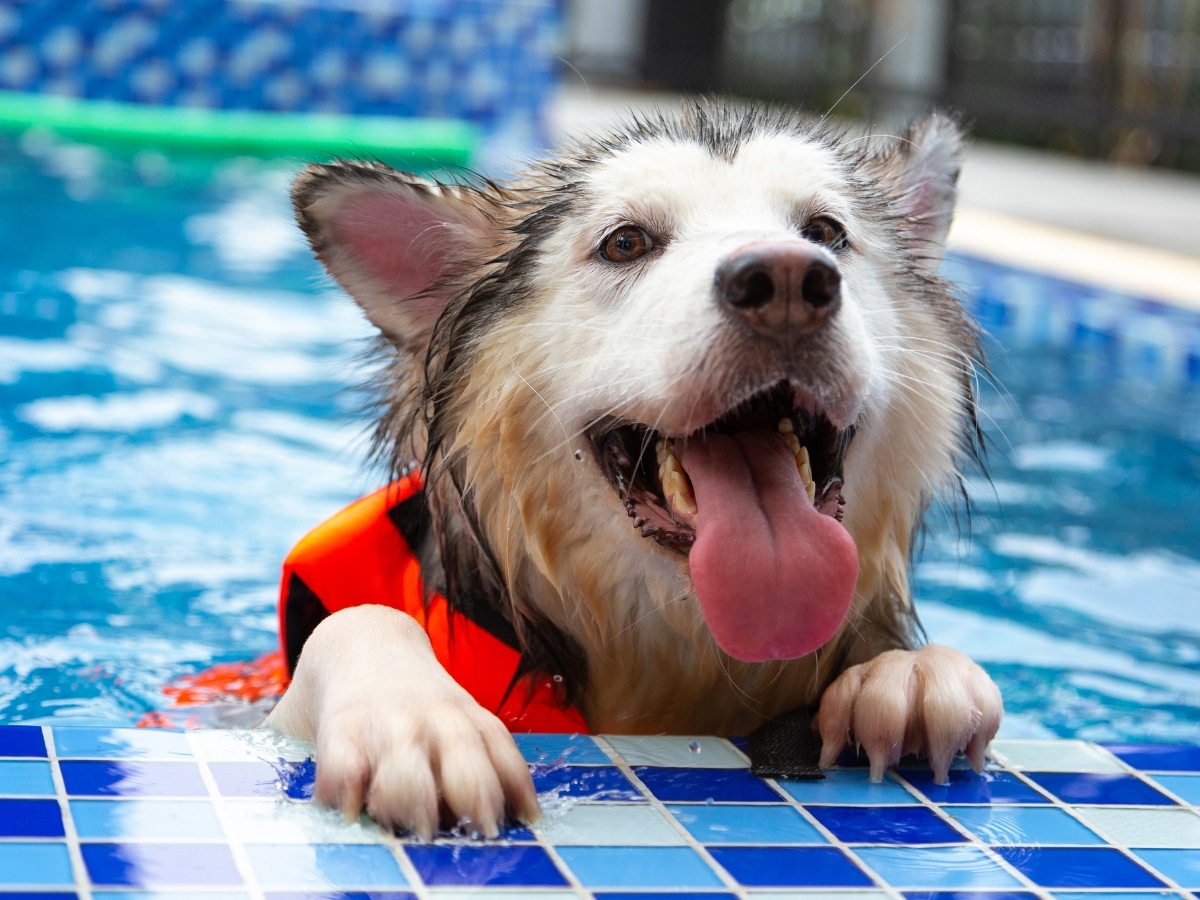Salt toxicity, also known as hypernatremia, is a potentially life-threatening condition that can occur when there is an excessive concentration of sodium in a dog’s bloodstream. While this condition can affect both humans and animals, our furry friends, especially those in coastal areas like Hope Island on the Gold Coast, are at risk, particularly if they do not have access to fresh water for extended periods or if they consume large amounts of saltwater or salty foods. In this article, we’ll explore the dangers of salt toxicity in dogs, the emergency treatment steps to take before reaching a vet, and what to expect during veterinary care.
Understanding Salt Toxicity in Dogs
Salt toxicity occurs when there is an abnormal increase in the sodium levels in a dog’s bloodstream. Sodium is an essential electrolyte in the body, but when its levels become too high, it can lead to a range of health issues, including dehydration, neurological symptoms, and, in severe cases, seizures, brain swelling, and coma.

Common Causes of Salt Toxicity in Dogs:
- Limited Access to Fresh Water: Dogs that do not have access to clean, fresh water for extended periods are at risk of becoming dehydrated, leading to an imbalance of sodium in their bodies.
- Ingesting Saltwater: Dogs are naturally curious, and during trips to the beach or near bodies of saltwater, they may ingest saltwater. Saltwater contains a high concentration of salt (sodium chloride), which, if consumed in large quantities, can lead to salt toxicity.
- Consuming Salty Foods: Dogs that consume excessive amounts of salty foods, such as chips, pretzels, or foods seasoned heavily with salt, are at risk of salt toxicity.
The Rising Incidence of Salt Toxicity
In recent years, our veterinary clinic at Hope Island on the Gold Coast has observed a concerning increase in salt toxicity cases among dogs, especially during the summer months when beach trips are common. This surge in cases highlights the importance of raising awareness about salt toxicity and its prevention, especially in coastal regions like Hope Island.

Signs to Look Out For Salt Toxicity in Dogs
It’s crucial for pet owners in the Hope Island and Gold Coast areas to be aware of the signs that may indicate salt toxicity in their dogs. Recognising these signs early can make a significant difference in the outcome. Some common signs to watch for include:
- Vomiting or Diarrhoea: If your dog experiences vomiting or diarrhoea after a trip to the beach, these may be clear signs of salt toxicity.
- Reluctance to Eat or Drink: As time passes, your dog may become reluctant to eat or drink. Increased thirst or urination may also be noticeable.
- Swelling: Dogs with salt toxicity may show signs of swelling due to fluid accumulation in the body.
- Altered Behaviour: Strange behaviour from your dog can also be an indicator. Increased sodium levels can cause your dog to become non-responsive, lethargic, or confused. These changes can occur even hours after a beach trip, with increased severity as time passes. Symptoms may escalate quickly or develop over a day or two.
If you notice any of these changes in your dog or if something just doesn’t feel right, it’s essential to act quickly. Time is of the essence, so calling your vet at Hope Island immediately if you suspect salt toxicity is crucial.

Emergency Treatment and Prevention
Emergency treatment for salt toxicity is essential to ensure the best possible outcome for your dog. If caught early, your vet at Hope Island may induce vomiting to remove some of the excess salt. However, if salt toxicity has progressed, your vet will then provide IV fluids to dilute the concentration of salt in your dog’s blood and flush out the excess sodium. They will also monitor electrolyte levels and provide treatment for brain swelling if necessary to control seizures.
While prevention is the best approach, you can take steps to reduce the risk of salt toxicity in your dog, especially if you live in coastal areas like Hope Island on the Gold Coast:
- Hydration: Ensure your dog is well-hydrated before a trip to the beach. Hydrated dogs are less likely to ingest large amounts of saltwater.
- Fresh Water: Have fresh water available for your dog to drink while at the beach. Running around in the surf and sand can be thirsty work, so offering water every 15 minutes can help prevent excessive saltwater consumption.
By staying vigilant, recognising the signs of salt toxicity, and taking preventive measures, you can help protect your beloved dog from this potentially life-threatening condition. Your pet’s safety and well-being should always be a top priority, especially during the summer months when trips to the beach are common.
Contact Hope Island Vet Surgery or Animal Emergency Service Carrara for any pet emergencies – your pet’s safety is our top priority. Let’s make this summer a memorable and safe one for our pets in Hope Island, the Gold Coast, and beyond!



